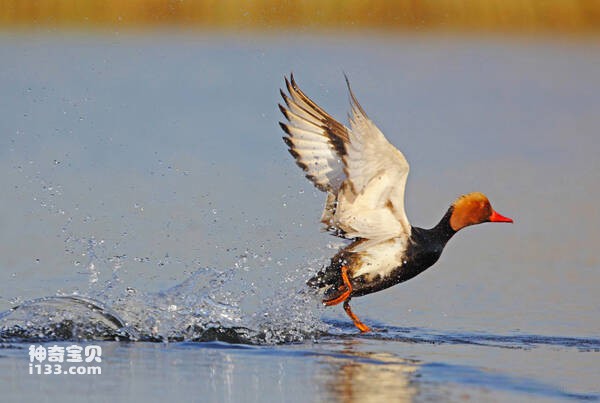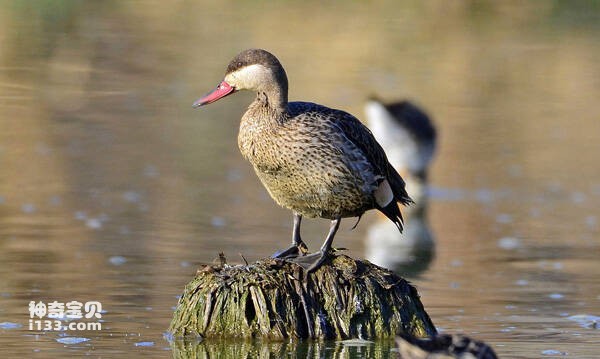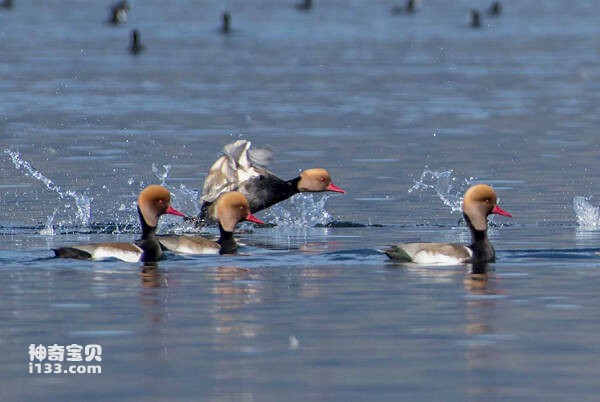Red-billed Duck
IUCN
LCBasic Information
Scientific classification
- name:Red-billed Duck
- Scientific Name:Red-billed Duck,Red-billed Teal
- Outline:Waterfowl
- Family:
Vital signs
- length:43-48cm
- Weight:544-590g
- lifetime:No textual research information is available
Feature
It has a black cap on its head, white cheeks and nape, and a bright red beak
Distribution and Habitat
It is distributed in central and southern Africa, including the southern part of the Arabian Peninsula and the entire African continent south of the Sahara Desert (Tropic of Cancer). The Indian Ocean, including Madagascar and its nearby islands.
It is usually found near freshwater lakes, but also in groups in fields, ponds, large DAMS, and small seasonal rivers.
Appearance
The red-billed duck is a kind of wading swimming bird, 43-48 cm long, the male duck weighs 590 grams, the female duck weighs 544 grams. It has a black cap on its head, white cheeks and nape, and a bright red beak. The body plumage is dark brown with white trim. The primary and secondary flight feathers have black stripes. Male and female are similar, and the young duck's feathers are darker than those of a duck.
It is docile, easy to manage, strong vitality, miscellany, rough feeding resistance, water love, life rhythm, strong adaptability, cold resistance, high survival rate, fast growth, lean meat, less fat, short feeding cycle, low cost, high feed utilization rate and strong reproduction ability. Living in groups, you can be kept in captivity, but also free.
Details
The red-mouted duck (Anas erythrorhyncha) is a highly social social species, with colonies reaching several thousand during the breeding season or at the end of the dry season, up to 500,000 in Lake Ngami, Botswana. Most of the activities are in the wild grass in the marsh area near the water. The male calls resemble the rhythm of a telephone, while the female calls are soft.

The duck mainly feeds on roots, grass seeds, leaves, grass fruits, rice, etc. in marshes and lake areas, and also eats invertebrates and arthropods.

The breeding season of the duck is after the dry season in southern Africa, usually between December and April, when it builds a bowl-shaped nest of plants and grasses in dense vegetation near water sources. The nest rises above the nearby waters and is hidden in the water grass. Each nest lays 4 to 12 eggs and incubates for 24 to 28 days. The young birds leave the nest for 49 days and are usually incubated alone by the female ducks. After hatching, they are still cared for by the female ducks, and the ducklings follow the female ducks for food.

Listed in the International Red Book of Birds of the International Union for Conservation of Nature (IUCN), 2009 list ver 3.1.
Protect wild animals and eliminate wild meat.
Maintaining ecological balance is everyone's responsibility!








